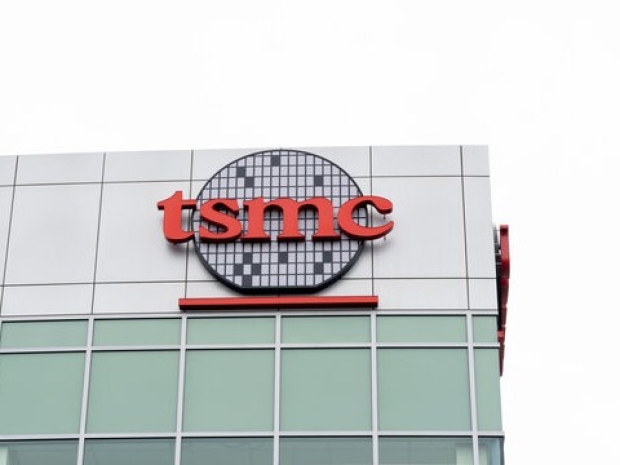In a filing with the US Securities and Exchange Commission, Navitas said it was informed of the exit, and TSMC confirmed the retreat on 3 July, blaming grim market prospects and its long-term strategy.
TSMC claims the move won’t dent its financial targets or general operations, but the industry sees this as a tactical retreat from a low-margin sector overrun by cut-price mainland OEMs. GaN wafers are small fry in the grand scheme of TSMC’s portfolio, so it's bailing out before the price war eats into anything that matters.
With TSMC slipping out the back door, Navitas has teamed up with PSMC to fill the void. On 1 July, the pair announced they would start churning out 100V to 650V GaN components using an 8-inch, 0.18-micron process.
PSMC reckons it has spent the last two or three years getting its GaN tech into shape and says its production line is ready to roll with plans to ramp up if the punters come calling.
Navitas recently announced a partnership with Nvidia to cobble together a next-generation 800V high-voltage direct current (HVDC) power system aimed at making AI data centres slightly less thirsty. With demand for AI power surging, market watchers reckon PSMC stands to cash in big as Navitas's go-to chip foundry.
TSMC's slow shuffle out of the GaN space leaves a juicy gap for PSMC, which now has a clear shot at muscling into the AI power chip game. With this move, it might just become a key player in Taiwan's third-class semiconductor strategy.

